When you think of a metal roof, you probably think of the usual long corrugated sheets of silver metal, don’t you? They look rather industrial or commercial, and they’re nothing you’d want on your house. That’s changed. Metal roofing has come a long way. Although you can still get that classic, silver sheet metal, today’s metal roofing comes in all sorts of profiles, shapes, and colors. What’s more, you can get it covered with granules, just like asphalt shingles, so they resemble shingles, wood shake or tile.
In this article:
What is a metal roof
Types of metal roofs
Metal roofing colors
Advantages and disadvantages of metal roofing
Metal roofing cost
Who should have a metal roof
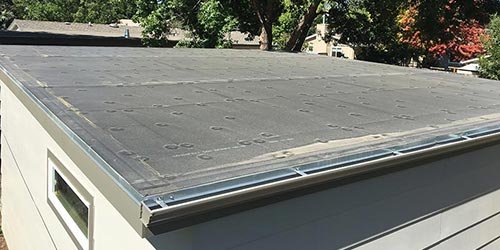
Contact us today for a free metal roof estimate.
What is a metal roof?
A metal roof is just that – a roof made of metal materials. They are sometimes installed as metal sheets or as 1′ x 3′ shingles. They can be either painted or coated with granules or stones. The size of each sheet depends upon the exact product you order. When we install metal roof sheets, we roll and cut our sheets to the exact length to minimize the number of seams. (the more seams there are, the more opportunities for water leaks) Metal shingles, tile, and shake, however, come in a set length and width.
Metal roofs are split into four basic categories
Exposed fastener, concealed fastener, standing seam, and stone-coated
Exposed Fastener
With exposed fastener, you can see the screws that hold down the metal sheets, if you look closely. Metal shake and tile have exposed fasteners.
Concealed Fastener
On concealed fastener, the screws used to secure the metal into place are hidden from sight. The fasteners on metal shingles can be either exposed or concealed.
Standing Seam
Standing seam have noticeable seams that run the length of each metal sheet. Standing seam have concealed fasteners.
Painted or Coated
Metal shingle, shake, and tile are stone-coated. Stone-coated resembles actual wood shake, asphalt shingles, or clay or cement tile. Ribbed and corrugated metal roofs are painted.
Metal roof types and options
When I was a kid, the only options were corrugated or ribbed, in silver, or red. Today, there are several profiles available and a myriad of colors to choose from. You can still have corrugated or ribbed to choose from, but today, you also have stone-coated metal shingle, metal shake, metal tile, and standing seam.
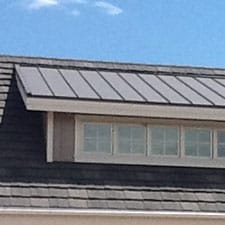
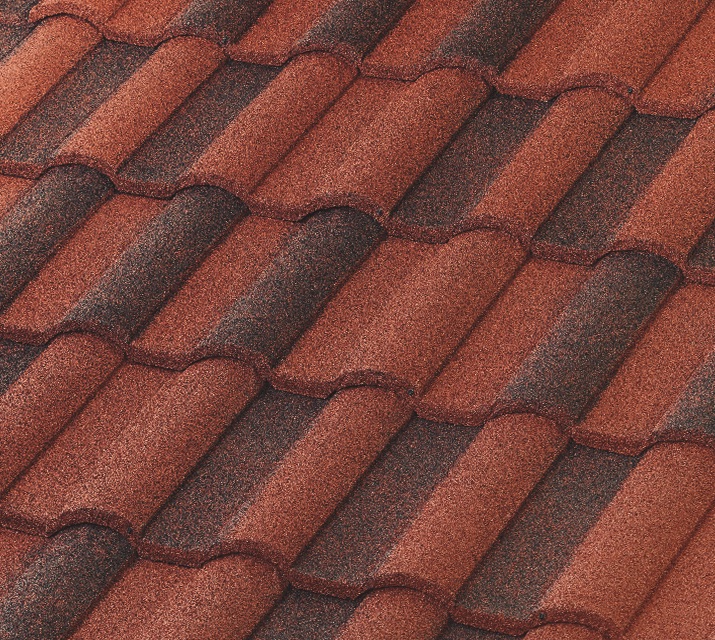
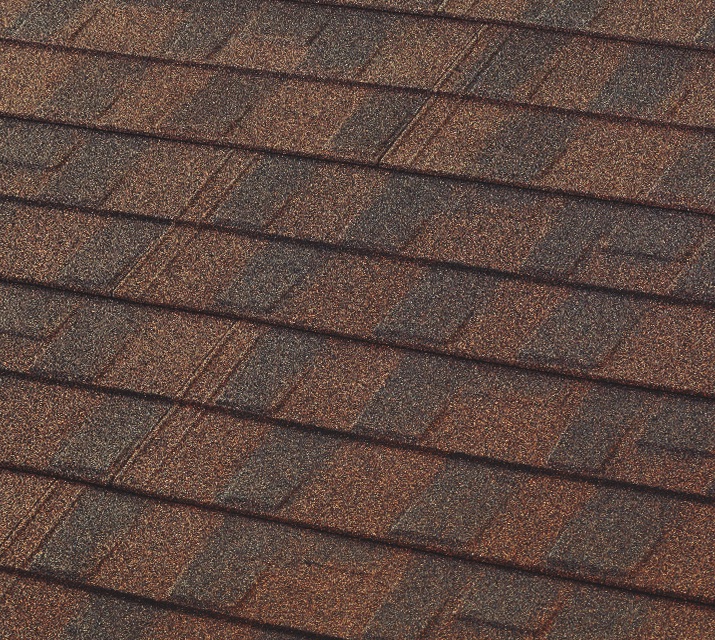
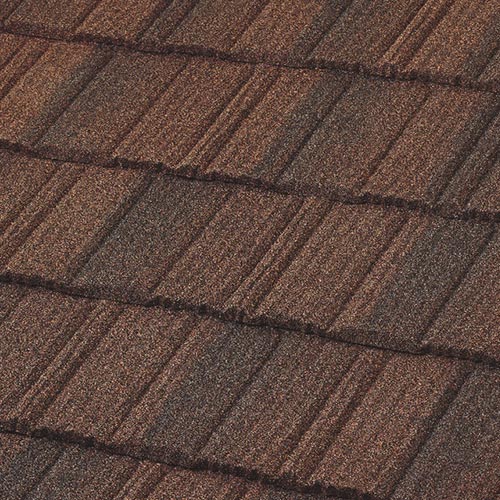
Metal colors
For corrugated or ribbed metal sheets, there are a wide variety of colors to choose from. Flatiron Steel, for example, one of our suppliers, has dozens of colors to choose from. They even have a color and pattern that resembles rust!
Advantages of a metal roof
Advantages:
Today’s metal roofing is available in a wide variety of colors and shapes. They are also very durable and resistant to weather and fire. A metal roof doesn’t rot. If a lite color is installed, they can be energy efficient. They are long-lasting, compared to asphalt shingles. A metal roof is impact and high-wind resistant. Metal roofing is 100% recyclable and can come from recycled materials.
What’s a metal roof cost?
To install a new metal roof, you’re looking at around $9.50/sf. This does not include removing the old, worn out roof, if it’s a roof replacement. This is more than twice the cost to install average asphalt shingles.
Who’s it for?
Snow
If you live in an area that gets feet of snow in one snow storm, and if your roof’s pitch is 3/12 or greater, you should seriously consider a standing seam metal roof due to its ability to quickly shed a lot of snow.
Longevity
Because a metal roof often lasts longer than regular asphalt shingles, if you can afford a one, you should consider it. It will cost at least twice as much as shingles, to install and maintain, however.
Appearance
If you’re looking for something different from the common asphalt shingle, you might want to consider a metal roof. Today, from a distance, they can look like shingles, tile, or wood shake.
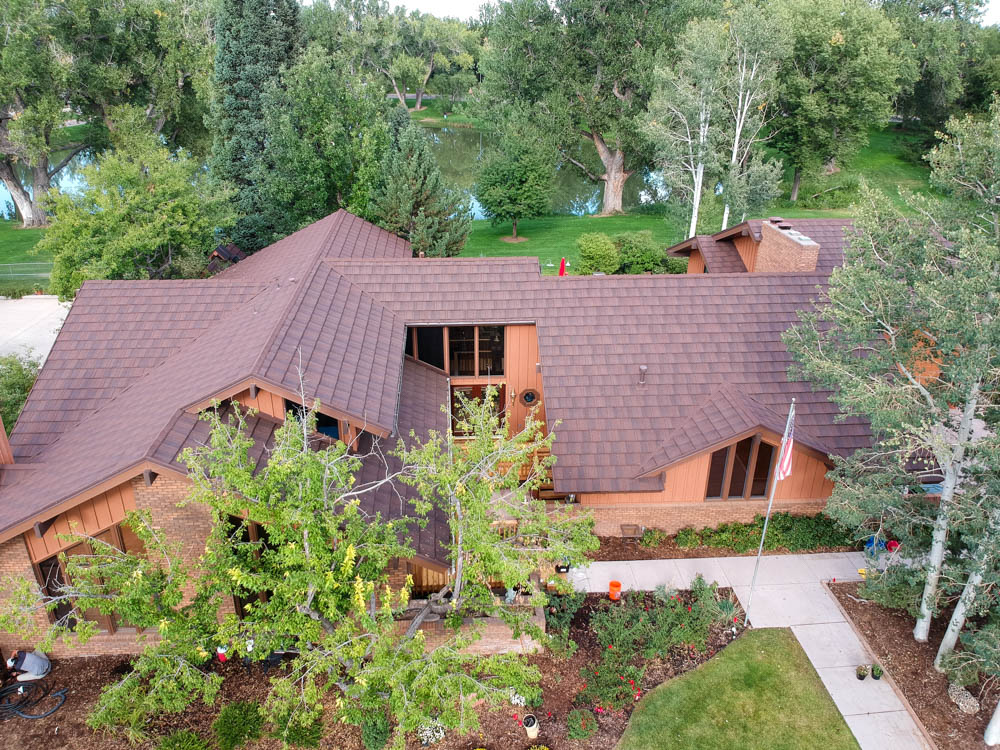
The Bottom Line:
Metal roofing has evolved from what you might remember. Today, you have many options that resemble more traditional residential roofing material, such as shingles, tile, and shake. If you’re researching your metal roofing options, don’t forget to also consider your roof’s pitch.
